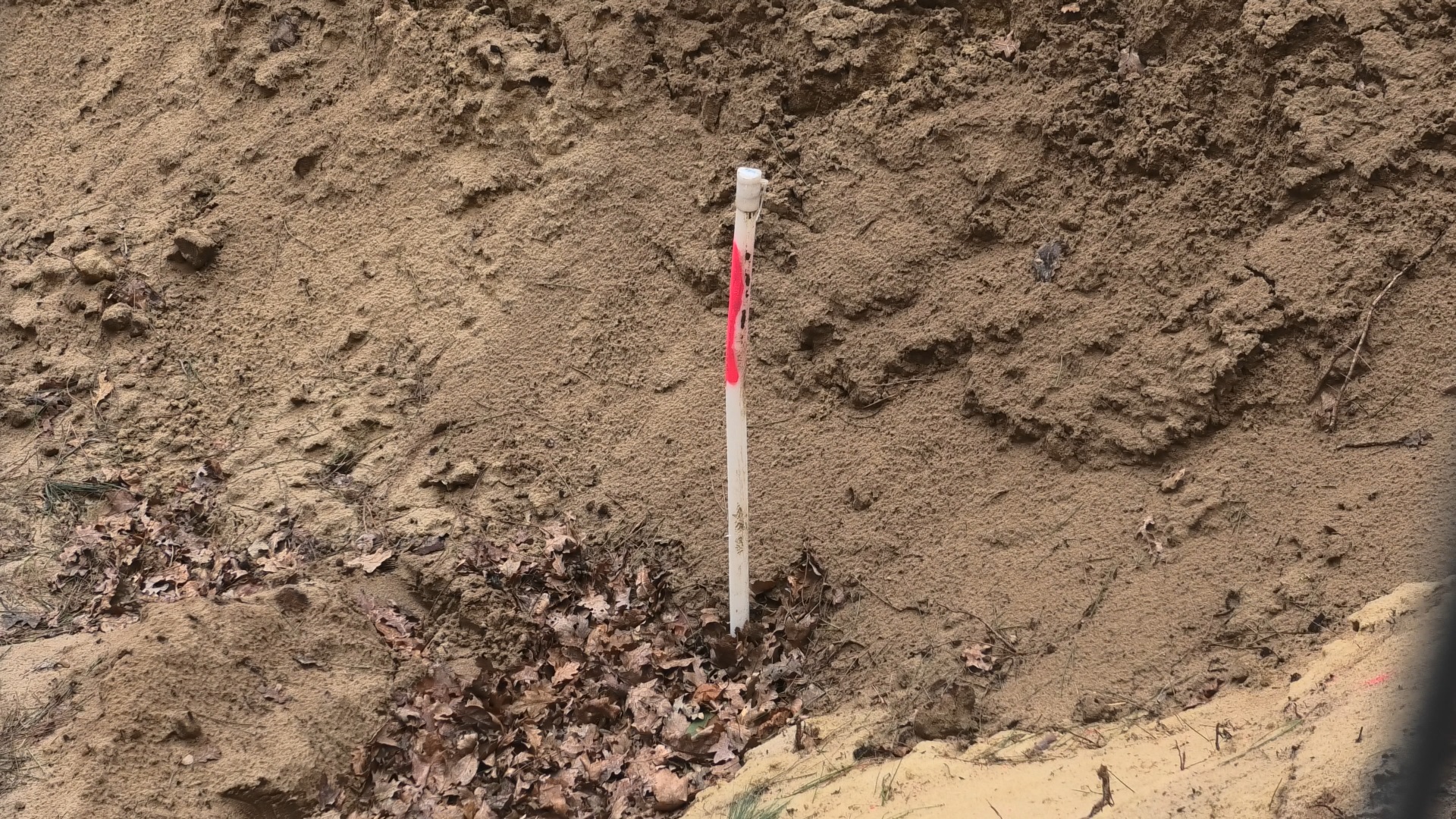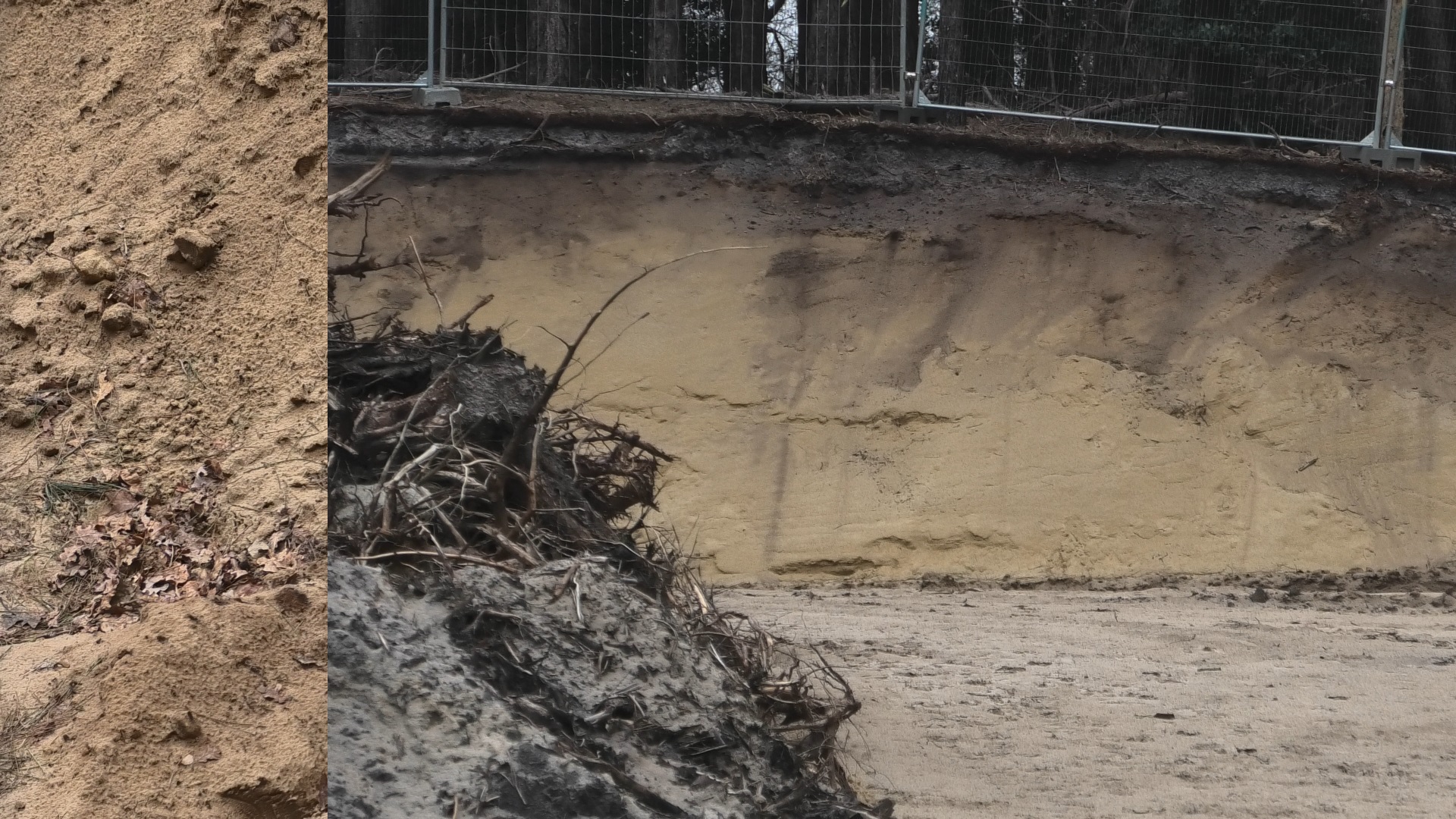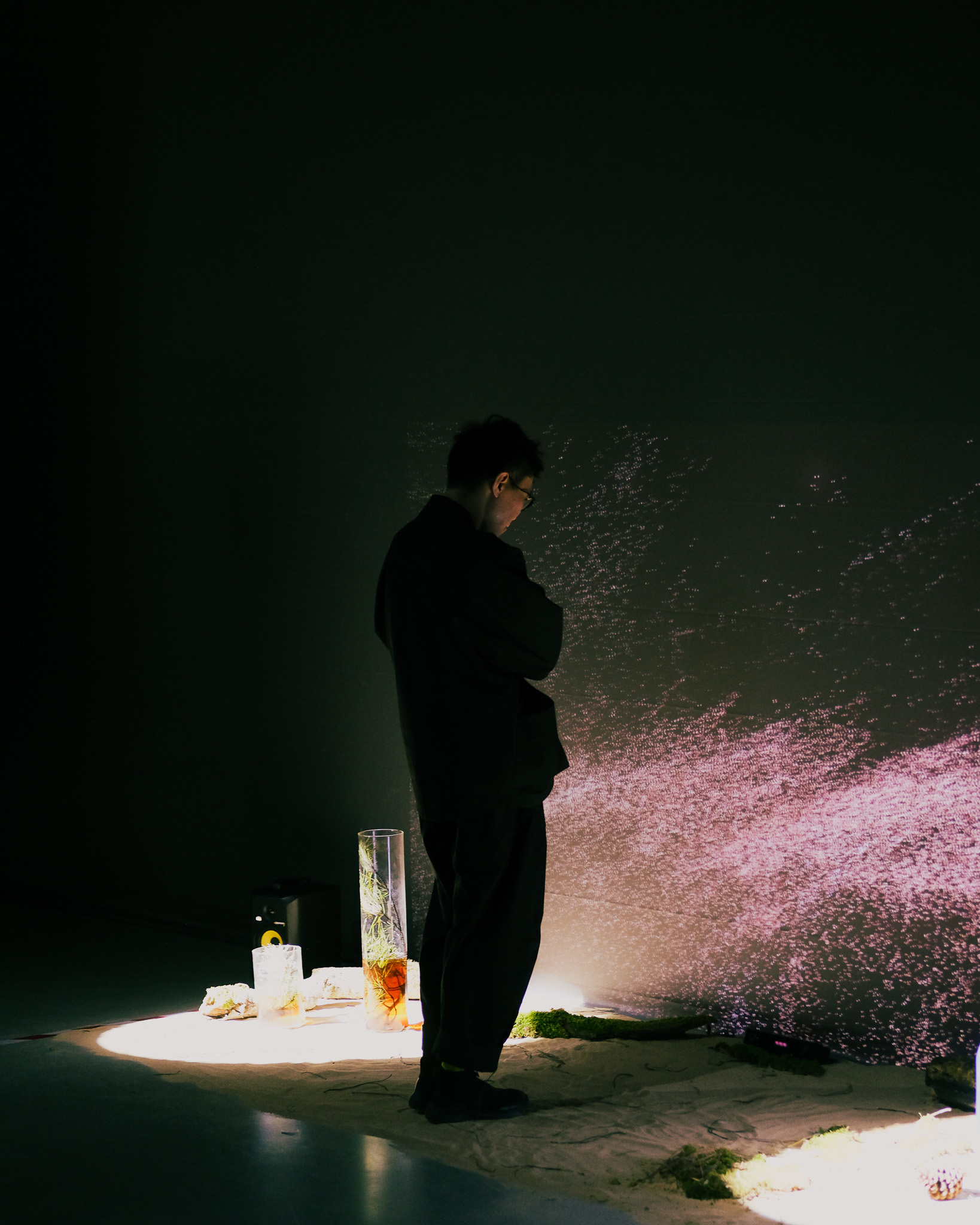Solum Venenum is an interactive audiovisual installation that examines the environmental impact of illegal synthetic drug production in the Netherlands. This project aims to shed light on the hidden ecological consequences of escalating production and consumption, encouraging audiences to reflect on the urgent and often-overlooked implications of this issue.
The illegal manufacturing of synthetic drugs, such as amphetamines and MDMA, creates severe ecological and public health risks. Europol data shows that for each kilogram of MDMA produced, 6 to 10 kilograms of toxic chemical waste is generated, with average dumps from labs totaling around 800 kilograms. This hazardous waste is frequently discarded in natural environments, on roadsides, and in waterways, posing significant threats to ecosystems and human health. Although the Dutch police report approximately 200 cases of illegal dumping annually, experts estimate this is only about a third of the actual cases, with many going undetected.
To reveal the full scale of this environmental harm, Daan conducted field research at one of the largest illegal drug dump sites ever discovered in the Netherlands. Operators from a nearby lab had reportedly used a large pit in this natural area as their dumping ground, discarding chemical waste there repeatedly over a span of months, possibly up to a year. Through 3D scanning, soil analysis, and close collaboration with a sanitation company, Daan documented both the visible and concealed impacts of these illicit activities on the landscape.




